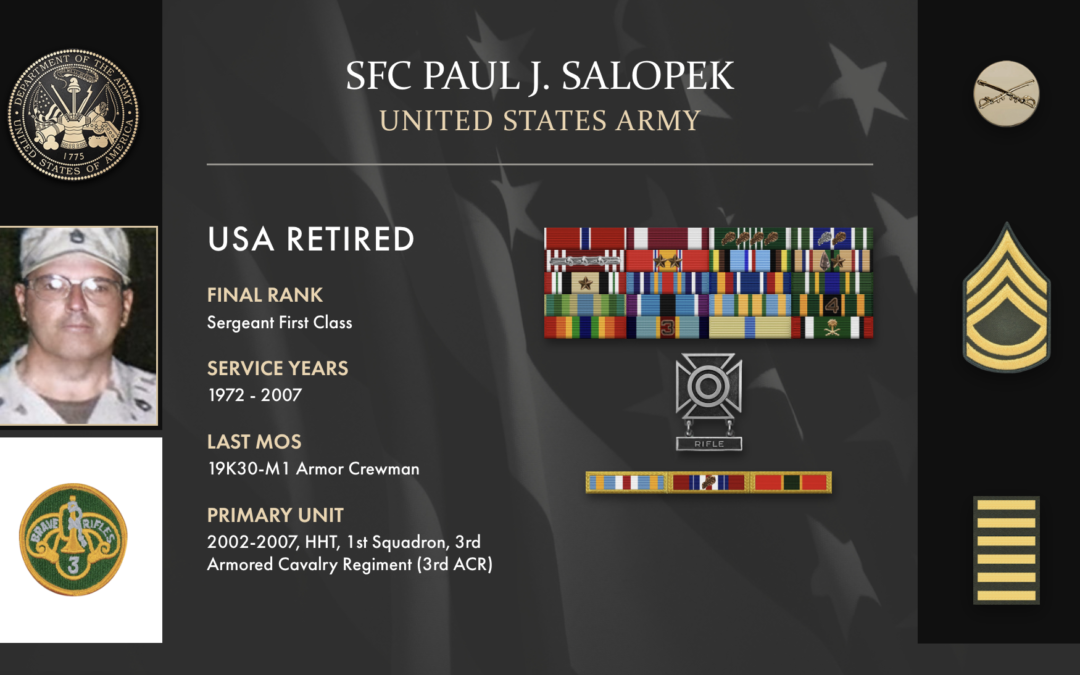I was 33 years old and was getting laid off from Westinghouse Electric East Pittsburgh Division. I needed a place where I could get a quick pension and earn enough to pay my mortgage. My wife and I went to the Air Force recruiter and could not get my age down enough to join the Air Force. He took us to the Army recruiter. He asked what MOS I held last time when I got drafted; I told him 24D20 and helped out with Special Forces. He asked if I wanted to go to SF, and I told him I was 33 years old and couldn’t run like a teenager anymore. I asked about a 51M fireman with no luck. I asked about my 88H, and he said no, so I asked about a 91B medic, and he said no. He told me I could be a Tanker or a Mechanic on the tank. I said I was a Mechanic, and it’s a thankless job, so make me a tanker. So, I became a Tanker, 19A3, M47/M48 Tanker. I was one of the few tankers that was qualified on the M47, M48 Tank, the M60 family, and the M1 family to the M1a2 SEP. I was told by an old tank that for every hour you ride a tank, you have to put seven hours of good maintenance on it. I lived by this rule, and my tank was always ready. There have been times that Murphy has bit me in the behind, but those times are few and far between. I knew that being a tanker, I would have to spend long times in the field. I averaged about 250 days a year. I had times when I could have left being a tanker, but I stayed with it. Even when I was a 92Y, I still went and got my range card. I would still run tank ranges along with other ranges. I was the go-to guy for a quick range. My weapons card started with 120mm, 105mm, 25mm, 40mm, M79, M203, shotgun, 50 cal, Belgian, 240 m240, all types, M14, M16, M-4, 45 cal, 9mm 38cal m82a1, m67 grenade I had the long list of weapons on any weapons card. They always asked about the shotgun. I told them it’s been a while, but I still remember.

Service Reflections of SFC Paul Salopek, U.S. Army (1972-2007)
read more
